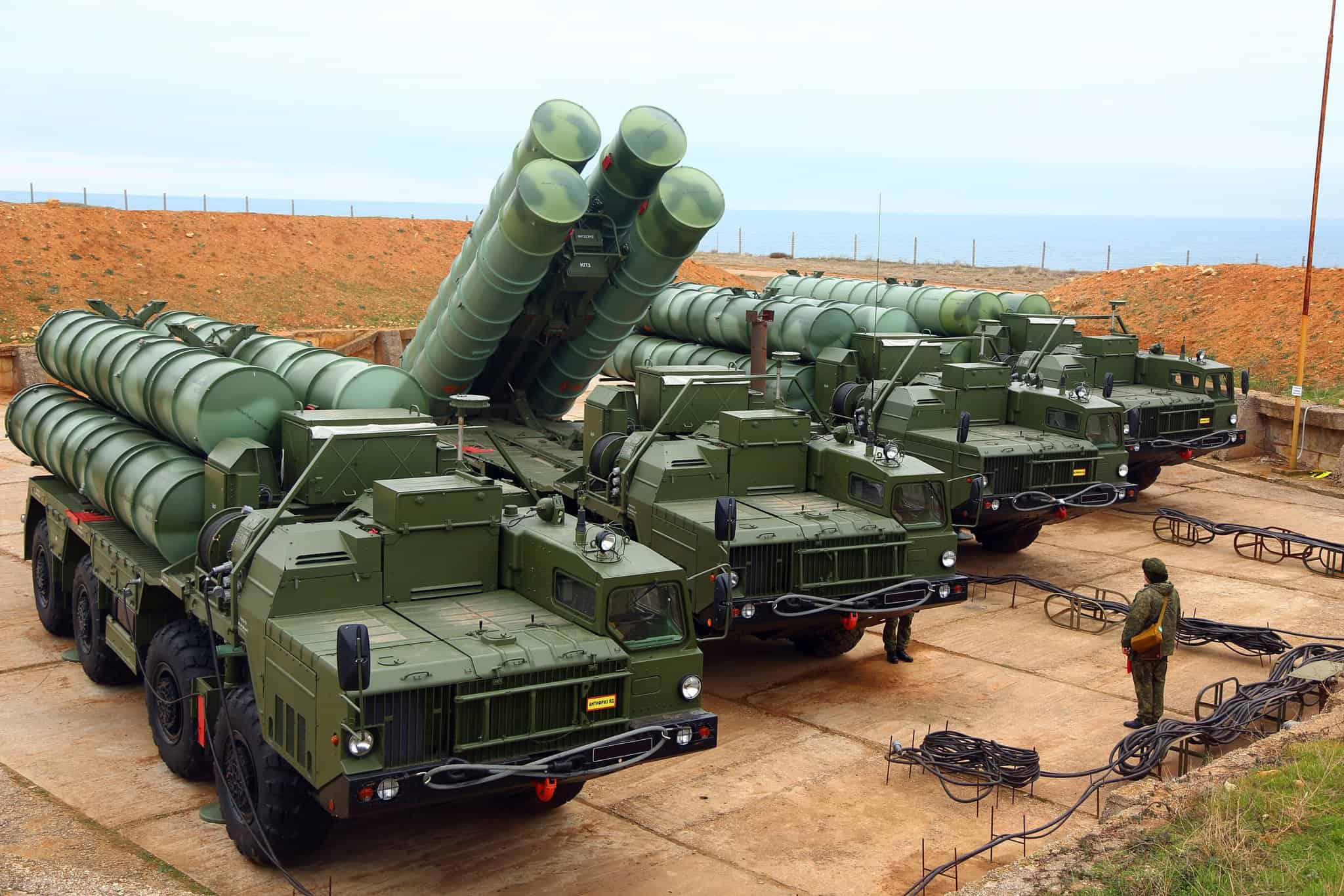The UK is on the brink of bolstering its air capabilities with the imminent arrival of additional F-35B Lightning II stealth fighters. As part of its long-term defense strategy, the nation is set to receive three more aircraft by the close of 2024, which will mark significant progress towards its intended total of 74 units.
On October 8, 2024, the UK Minister for the Armed Forces, Luke Pollard, declared that the country expects to have 37 F-35B fighters in its arsenal by the end of the year, aligning with current delivery schedules. This bolsters the present fleet of 34 aircraft managed by the Royal Air Force’s 617 Squadron and the Royal Navy’s 809 Naval Air Squadron. Additionally, 207 Squadron serves as a joint operational training unit for these sophisticated jets.
In a remarkable comeback, October 2024 witnessed the deployment of F-35Bs from the 809 Naval Air Squadron on the HMS Prince of Wales. This exercise in domestic waters marked a significant milestone, being the first instance in nearly a decade and a half that a Royal Navy fighter operated from a British aircraft carrier.
Though the UK faced a setback when an F-35B was lost to the Mediterranean during a 2021 mission with the HMS Queen Elizabeth, the incident did not deter the country’s naval ambitions. The aircraft’s vertical landing capability remains advantageous, enhancing operational efficiency compared to traditional carrier-based jets.
This advancement underscores the UK’s commitment to maintaining a cutting-edge military presence, cementing its position as a key player on the global stage.
The Rising Influence of Stealth Fighters: Impact and Controversies
The acquisition of new F-35B Lightning II stealth fighters by the UK highlights the evolving landscape of military aviation and its implications for nations and global defense strategies. These state-of-the-art aircraft not only enhance the UK’s military capabilities but also influence the lives of people, communities, and international relations.
Technological Advancements and National Defense
The F-35B Lightning II is a pinnacle of modern aviation technology. Capable of vertical takeoff and landing, the aircraft not only adds a strategic edge to the UK’s defense portfolio but also exerts influence on international naval exercises and alliances. With a planned fleet of 74 units, the UK’s commitment strengthens its role within NATO and solidifies partnerships with allies.
Economic and Community Impact
The production and maintenance of the F-35B fleet contribute significantly to local economies, especially in regions with major defense contractors and facilities. Jobs in manufacturing, engineering, and logistics surge, benefiting local communities. Additionally, the associated supply chains provide numerous business opportunities for smaller enterprises.
Controversies and Debates
Despite their strategic advantages, F-35Bs are not without controversy. The cost of acquisition and maintenance is substantial, with each unit priced at approximately $100 million. Critics argue that these funds could be better allocated to domestic welfare programs or other essential infrastructure projects. Furthermore, the environmental impact due to increased military flights and noise pollution has sparked debates among environmental groups.
Strategic Military Exercises
The recent exercise involving the 809 Naval Air Squadron deploying F-35Bs from the HMS Prince of Wales underscores the strategic significance of these aircraft. This operation marks a return to robust naval activity for the Royal Navy, giving them a powerful edge in maritime security and a significant tool in crisis situations.
Global Military Dynamics
The acquisition and deployment of F-35Bs by various countries, including the UK, are reshaping global military dynamics. The aircraft’s sophisticated stealth capabilities mean that countries with these fighters possess significant advantages, thereby influencing geopolitical power structures and alliances.
Notably, nations such as the United States, Italy, Japan, and Australia also operate variants of the F-35, linking these countries in a shared technological and strategic framework. This interconnectedness amongst allies bolsters collective defense mechanisms but also raises questions about technology proliferation and dependency.
In conclusion, the UK’s push to expand its F-35B fleet showcases its dedication to maintaining a formidable defense force while inevitably threading through issues of economic allocation, environmental considerations, and geopolitical influence. For more information on such developments from an authoritative source, visit Gov.uk.
The article has been updated: 2024-11-03 08:48
Here are some suggested related links for the post title “UK Advances F-35B Fleet Expansion Amid Strategic Exercises”:
1. Ministry of Defence (UK) – The official site for the UK Ministry of Defence, providing information on military operations, defense policy, and updates on the UK’s defense capabilities.
2. Royal Air Force – The official site of the Royal Air Force, featuring news on air operations, aircraft, and advancements in UK air defense systems.
3. Lockheed Martin – The main site for Lockheed Martin, the manufacturer of the F-35, offering insights into aircraft technology and defense solutions.
4. NATO – NATO’s official site, providing updates on joint military exercises, strategic partnerships, and collective defense initiatives involving member countries like the UK.
5. Defense News – A leading source for defense industry news, covering military advancements, fleet expansions, and strategic military exercises globally.
6. BBC News – The BBC News website, offering impartial coverage of UK and world news, including military developments and government defense initiatives.
7. The Guardian – UK News – The Guardian’s section for UK news, featuring articles on military affairs, defense policy, and strategic exercises.
8. Reuters – A global news organization providing updates and analyses on various topics, including military and defense news regarding the UK and NATO operations.
9. Aviation Week – A key source for aerospace and defense news, focusing on industry trends, military technology, and aircraft innovations worldwide.
10. Jane’s – A widely respected defense and security information provider that offers news and analysis on military advancements and strategic exercises involving the UK.
The article has been updated: 2024-11-06 22:30
What are the implications of the UK’s F-35B fleet expansion for its military strategy and regional security?
The UK’s expansion of the F-35B fleet is poised to enhance its military capabilities and strategic posture. With the F-35B being a versatile stealth fighter, its increased numbers will enable more robust air operations, improved interoperability with NATO allies, and a stronger deterrent presence in regions of interest. This expansion coincides with strategic military exercises that demonstrate the UK’s commitment to maintaining regional security and responding to emerging threats, thereby reinforcing its role as a key player in global defense.
















